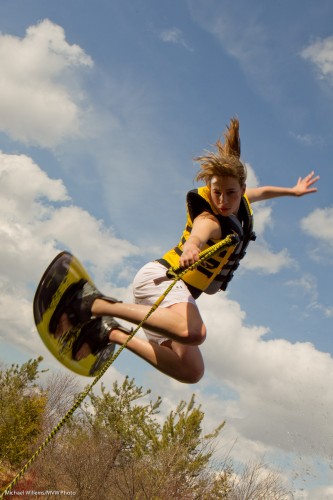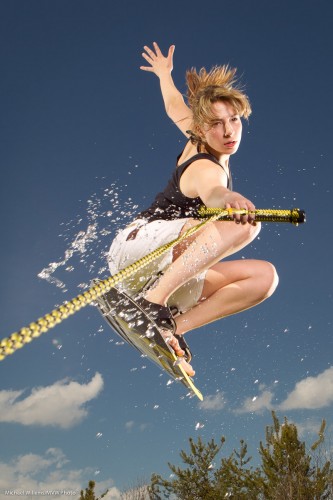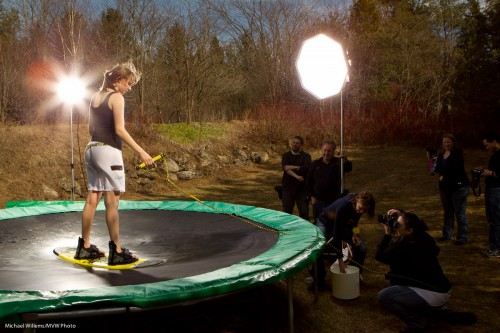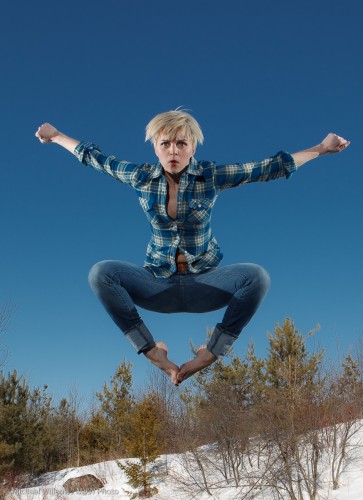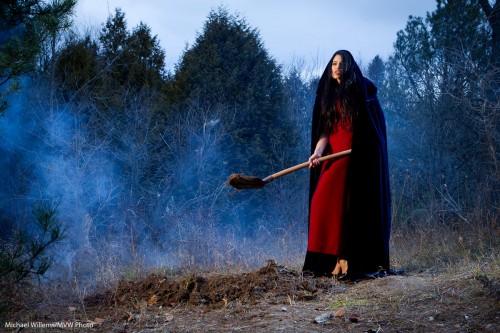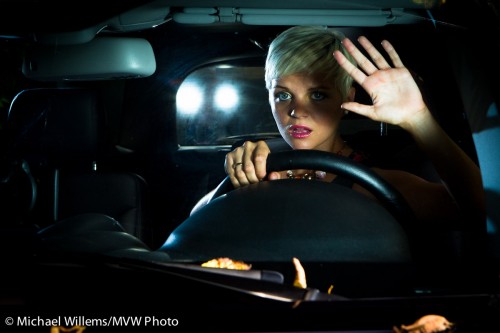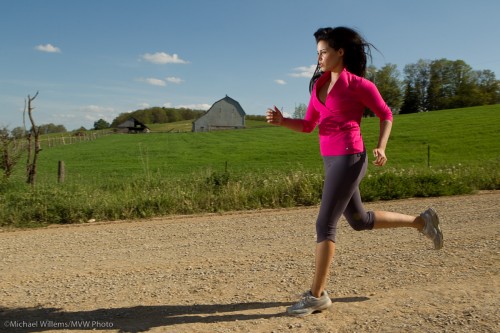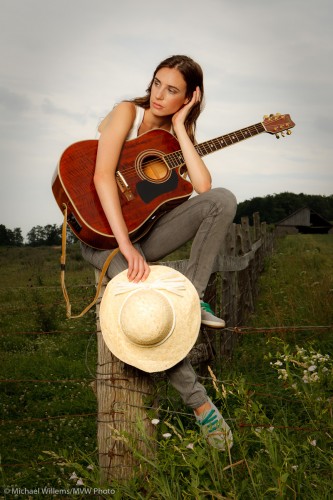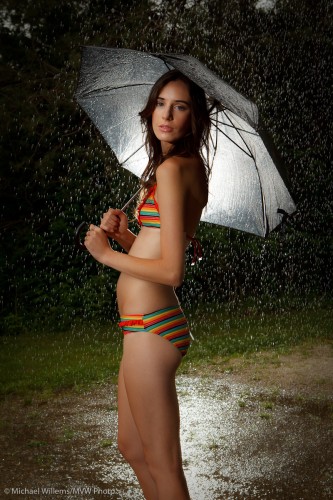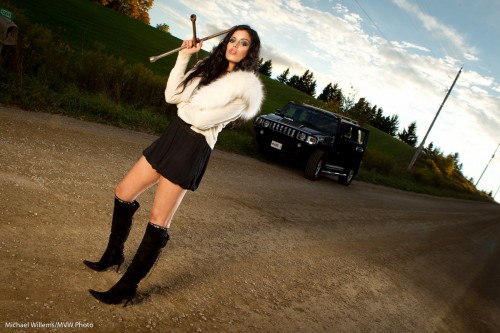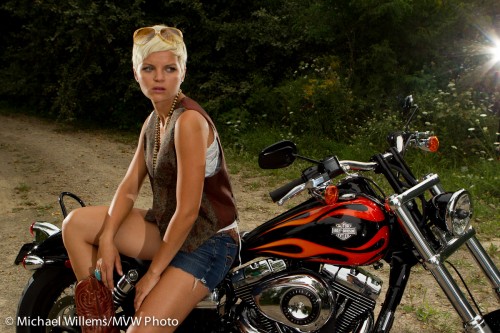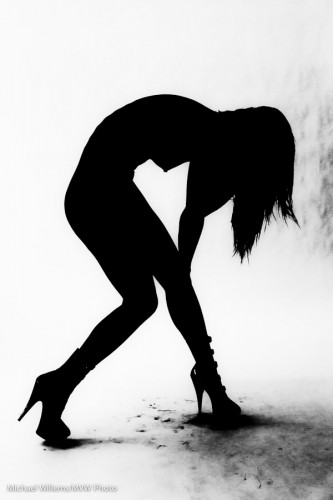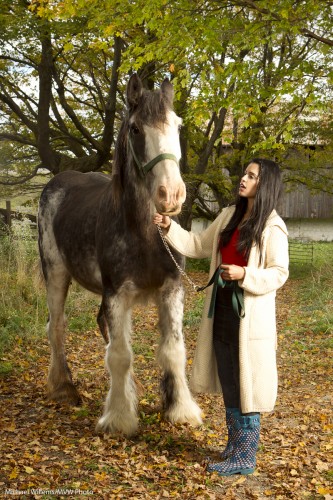A student wrote to me just now, about last Saturday’s workshop, “You and Joseph make it look so easy!”.
He means things like turning this well-conceived but not-very well made available light snapshot…:
…into this creatively lit art photo:
That was from the workshop last Saturday. And yes, we shot this in the camera like that – it’s not Photoshopped.
Our student is underestimating himself, and based on past performance I am sure he did great – but his point is well taken. Experience makes everything seem easy. Brain surgery, too (one day I must ask brain surgeon).
How do you learn? My teaching uses the following methodology:
- You learn by understanding technical basics.
- Then you build on those in a step-wise manner – logical progression is key here. Build understanding, one fact at a time. Only when you “get” one fact, move on to the next level, that builds on the previous.
- Then you lean how these principles and technologies apply in real life: i.e. what situations they address.
- Then you practice. This is when you really learn. During, and after, this practice, of course you continually go back to step 1 and review the fundamentals – and it is at this point that they will all eventually click into place.
That is behind my basic teaching (“learn the camera”), and my advanced teaching, in particular the “Advanced Flash” and “Event Photography” signature courses. And it is also behind the practical workshops Joseph Marranca and I teach to small groups of students.
Sometimes this teaching can seem a bit much. So many facts to learn! But compare this to driving a car, which is also complicated. Or try riding a bicycle.
An image is the confluence of moment, subject, and light. So, the key to the shot above is:
- Know the technical aspects of your photography (without that, all else fails);
- Come up with the concept;
- Ensure you have equipment;
- Ensure you have model, setting and props;
- Design the right lighting – the key step in this image;
- Execute!
On the workshops, we do everything from step 1 to 6. The shots above are made by everything coming together. Without the idea – nothing. Without model and props – nothing. Without technical skills – nothing. Without equipment – nothing.
So how did we make that shot?
We rented a boat, and… oh wait. No lake.
So we used the following:
Not something you set up in ten minutes, of course. But when you do it, and it all comes together, the images are great.

